1921 (Taisho 10) Wednesday, November 9 A memorial service for the recently assassinated Prime Minister Takashi Hara was held at the Japanese Embassy in Washington, D.C., just ahead of the Washington Conference which is scheduled to be held on November 11 soon. More than 200 people attended the memorial service, which was held at 4:30 PM amid heavy rain.
On the mantelpiece in the drawing room, in addition to the Hinomaru national flag, a bouquet of pure white chrysanthemums and a photograph of Prime Minister Takashi Hara were displayed. Following a 30 second moment of silence, the three Japanese delegates to the Washington conference delivered their condolences. First, Kijuro SHIDEHARA, Ambassador of the United States, and then Tomosaburo KATO, Minister of the Navy, read the eulogy in that order, and it is said that the last speaker of the House of Peers, Iesato TOKUGAWA, was moved by Prime Minister Hara’s loyalty to accept the full appointment and shed tears in his voice.
Yokota sennosuke, who was the Director General of the Legislative Bureau of the Takashi Hara Cabinet, also came to Washington as an attendant of the Washington Conference. Since being elected for the first time in 1912 (Meiji 45), 1000 nosuke Yokota, a representative from Tochigi Prefecture, gained the trust of Kinmochi Saionji and Takashi Hara, the presidents of the Seiyu Party, and contributed to the expansion of the party by being selected as the Secretary General of the Seiyu Party in 1916 (Taisho 5). By this time, he had grown up to be regarded as the successor of Hara in the future.
According to Yokota sennosuke, Prime Minister Takashi Hara said to him before he left Tokyo for Washington:. “God will baptize mankind with more iron fire if the Great Powers take their selves and end the conference in failure, because he is convinced that this conference is the one President Harding will open for the peace of mankind worldwide.”.
Takashi Hara was baptized by French Catholic Father Felix Evrard in Yokohama in April 1873 at the age of 17, along with 16 other Japanese. His Christian name was David Hara.
Evrard was deeply religious, lived a very simple life, and was a person who strictly controlled himself. Hara devoted himself to teaching Evrard Chinese classics, and Evrard taught Hara Christianity and French. The relationship between Evrard and Hara was more like a good teacher-student relationship than a relationship between an employer and a student.
The relationship between the two shows that Hara did not falsely subscribe to Western culture such as French and Christianity. He must have been attracted to Evrard’s personality and also to Christianity itself.
In April 1874, Hara went to Niigata following Evrard, who was to do missionary work in a branch church in Niigata, and stayed there until April of the following year, except for returning to Morioka once in summer.
However, it is said that there is something unclear about Hara’s view of religion in his later years. However, if Yokota sennosuke’s testimony is correct, we can assume that Hara did not lose his Christian view of religion even just before his death.

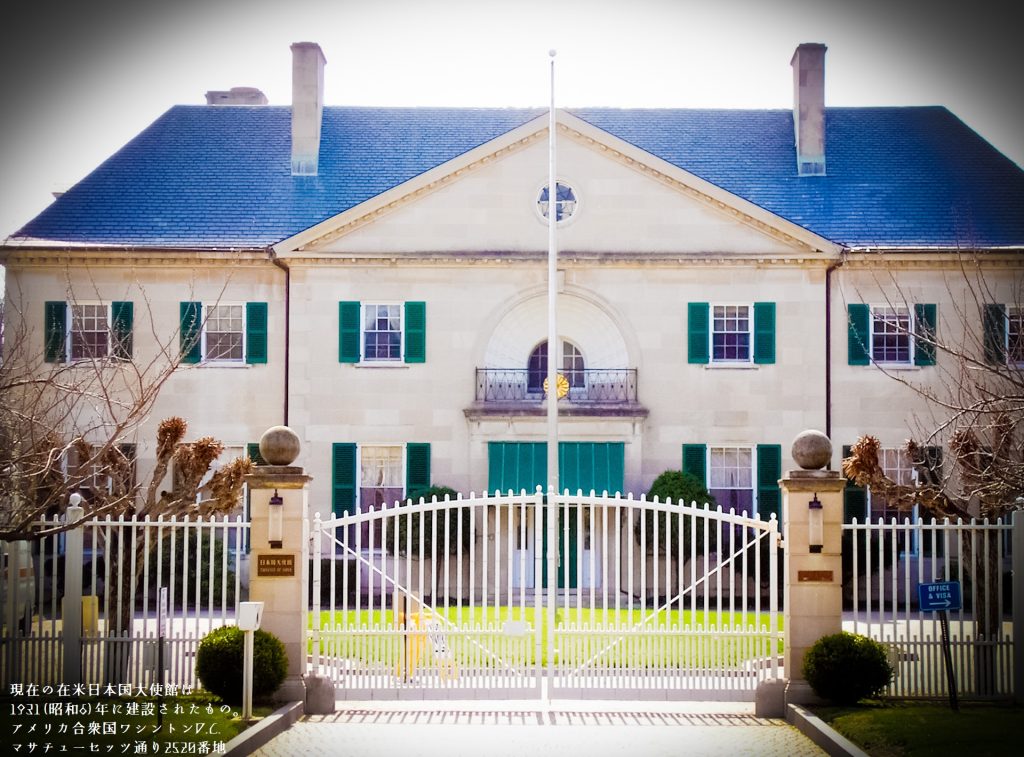
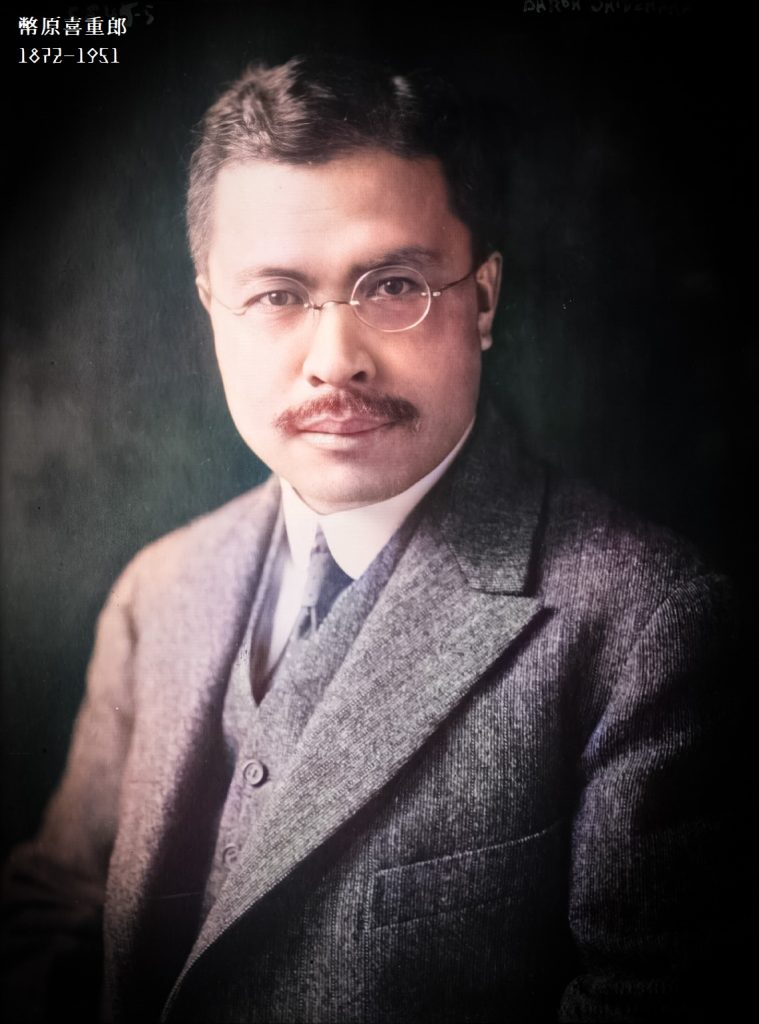
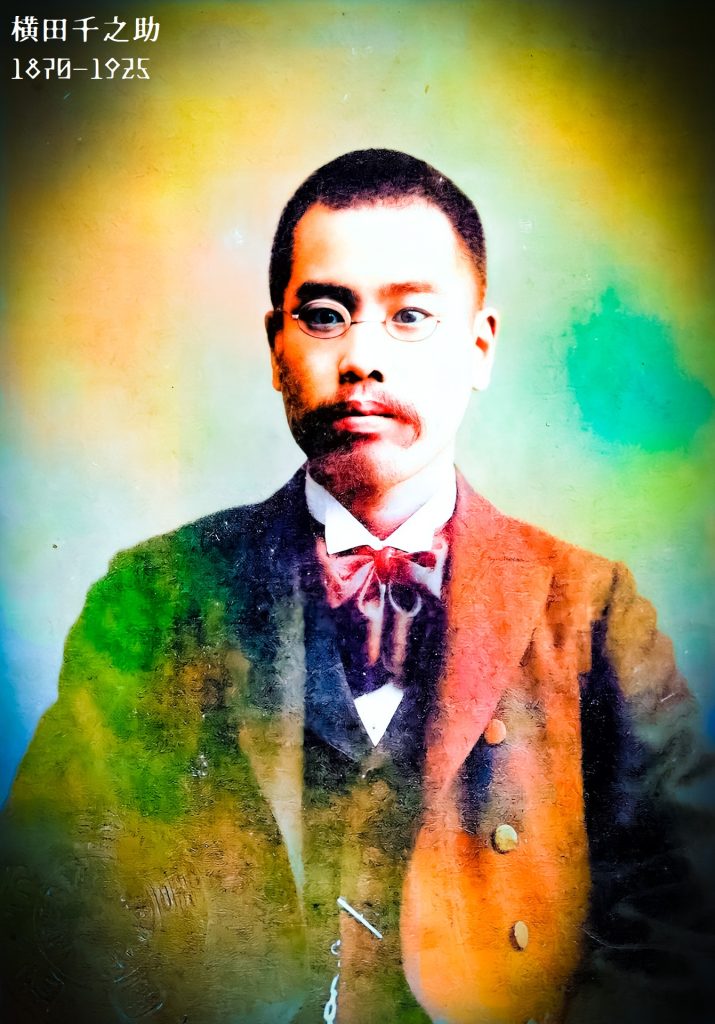

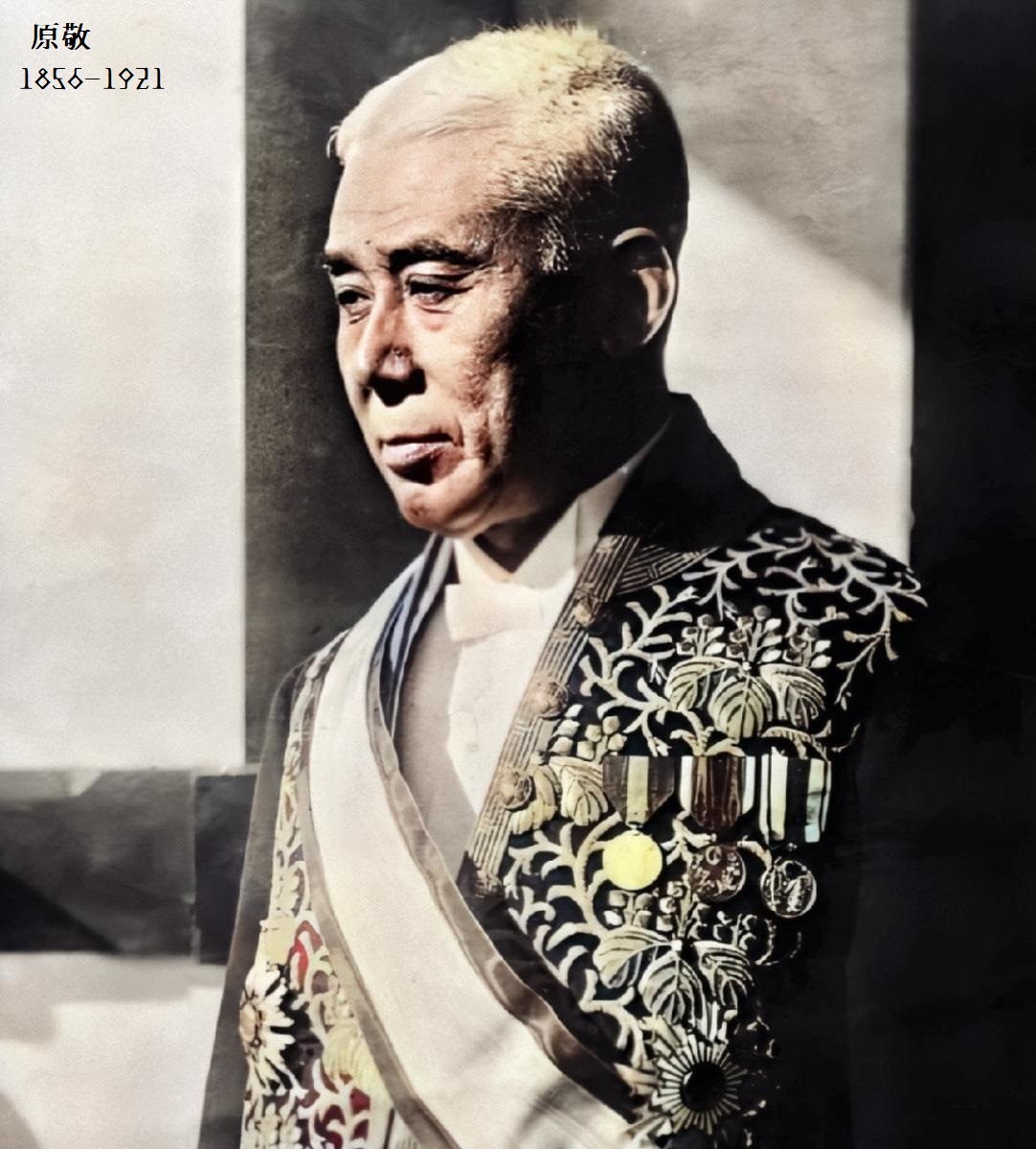
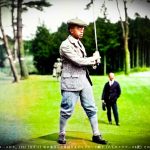
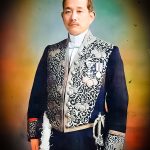
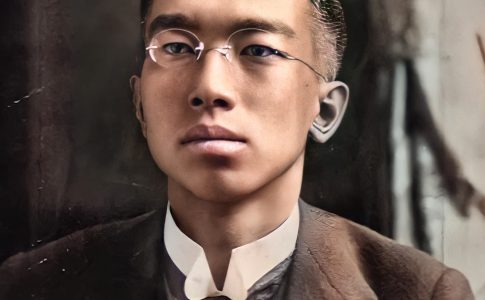
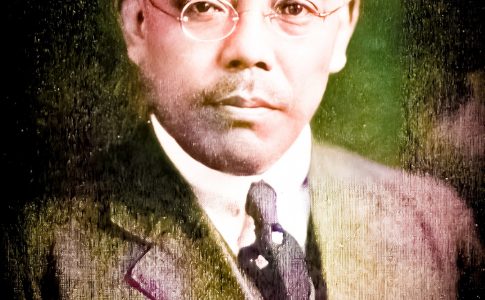
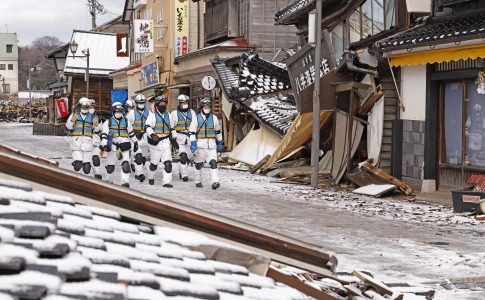
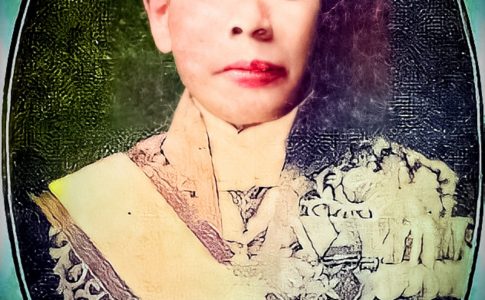
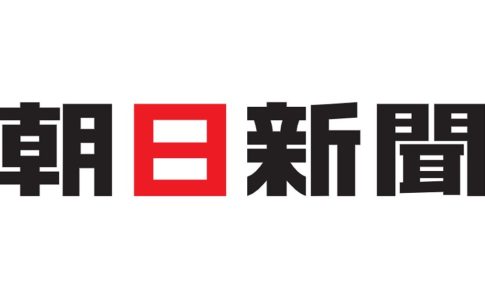
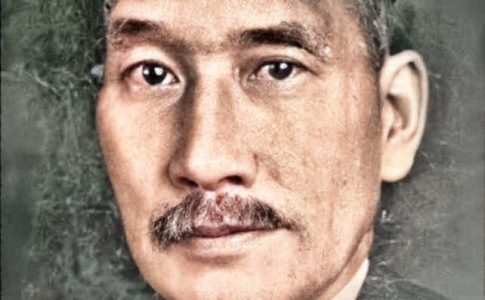
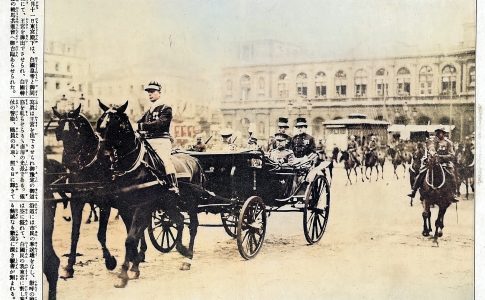
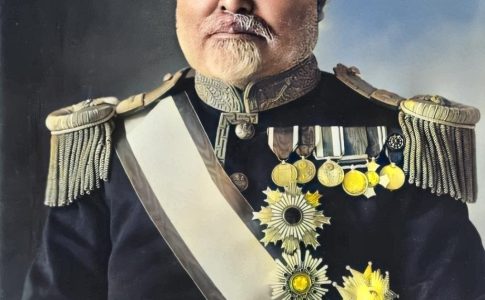
Leave a Reply